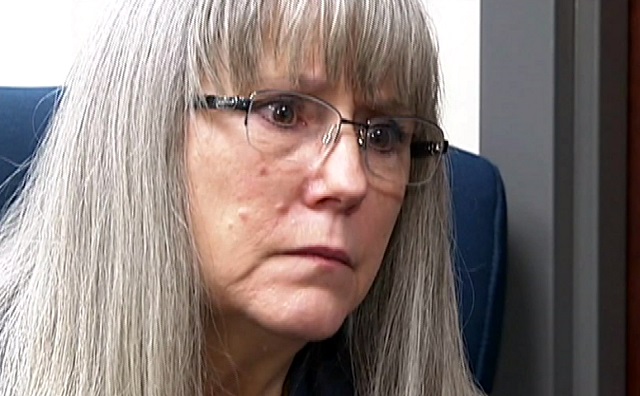EUGENE, Ore. (KOIN) — The mystery began on June 4, 1986, when police discovered the body of 62-year-old Gladys Hensley inside her Eugene apartment home. She had been raped and killed.
Two weeks later, less than a mile away from where Hensley was found, police found 33-year-old Janice Dickinson, whose naked body had been left behind a car dealership on Coburg Road. She, too, had been raped.

Then, in 1988, 73-year-old Geraldine Toohey was found dead inside her home. Evidence indicated someone had broken inside. The murder was similar to the deaths of both Hensley and Dickinson: they all happened at night when the women were alone; there were no witnesses; all 3 women, according to investigators, were brutally murdered.
DNA evidence eventually led investigators to believe one person was responsible for all 3 murders. The suspect was never found. The case remains cold over 30 years after it began.
Eugene Police Detective Jennifer Curry, one of the lead investigators on the case, thinks there could be more victims — a terrifying thought, she said, knowing the suspect could still be out there. She said he was “experienced,” making it look like these couldn’t have been his first murders.
But who exactly was he?
“The biggest challenge is we have DNA in all 3 cases, but we don’t have a name to go with that DNA,” said Curry, “and that can be very frustrating.”

New technology might be able to fix that. DNA Phenotype Snapshots, a technology created by Parabon, provides sketches and information on skin color, ancestry and even freckles. It’s being used by the Eugene Police Department for the first time. They hope it can provide some answers in case #86-9010.
“We feel we have good evidence in this case and we have DNA in all 3 cases, but we need investigative leads so we can attach a person to those leads,” Curry said.
The phenotype reports are extensive. They provide near matches for race, skin color, eye color and hair color with a percentage of confidence in each match.
All that’s needed to complete a report is a little bit of DNA evidence to create a phenotype.
“We only need one nanogram of DNA which is not very much,” said Dr. Ellen Grey, the director of bioinformatics for Parabon Nanolabs, which is based in West Virginia. “It’s about a 30th of what you would get just from taking a sip out of a bottle of water and swabbing that bottle.”
Click the still image below to watch a video of the Snapshot technology
For the murders of Hensley, Dickinson and Toohey, there was enough DNA evidence to create a suspect’s phenotype. It shows what the suspect, a white male with blondish hair and blue eyes, would look like at 25 and 55.
The technology has also been successful. According to Parabon’s Ellen Greytak, 20% of the 150 cases they’ve worked on have been solved, including a case that was 25 years old.
“Within a few months of our information they went back through their suspect list and went to anybody they didn’t have DNA from and who matched our prediction and they were able to find their person,” Greytak said.
The new technology gives hope to Kay Mascall, Dickinson’s sister. It provides a glimmer of hope.
“It brings everything back up,” Mascall said. “It doesn’t really go away. You just deal with it day to day.

“We have hope that somebody is going to see that person and know what that person is and they’ll come forward.”
It’s something Curry hopes for, as well.
“I look at it and I just think to myself that these victims deserve justice and their family members deserve answers.”
Anyone with information on the investigations can contact Eugene Police at 541.682.5162.
Solved cases using Parabon’s Snapshot Technology
- The murder of Rhonda Chantay Blankinship (Lake Brownwood, Texas)
- The murder of Brittani Marcell (Albuquerque, New Mexico)
- Troy and LaDonna French (Rockingham County, North Carolina)
Photo Gallery: Picturing a murderer (Click the image below to view the photo gallery)